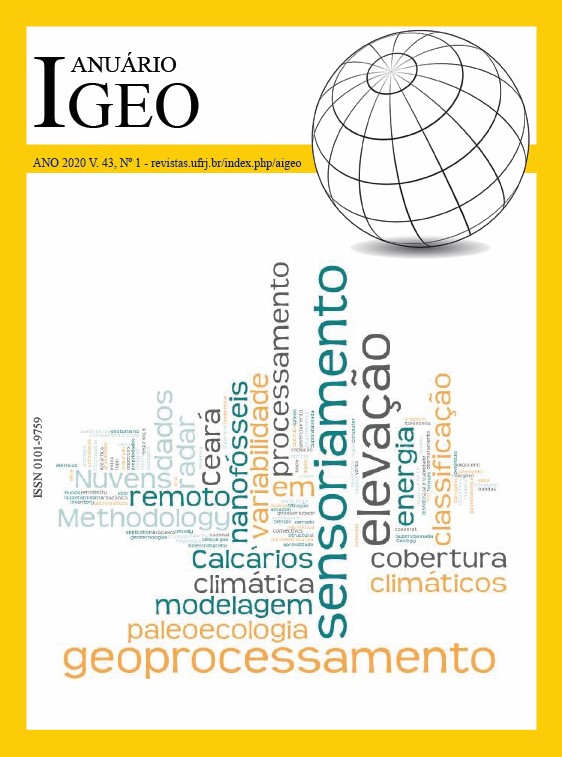Software Development to Assist in the Interpretation of Tactile Maps
DOI:
https://doi.org/10.11137/2020_1_181_190Palavras-chave:
Visually impaired, Computer application, Tactile mapsResumo
Accessible geographic maps are useful for gaining insight into the environment. Traditionally, tactile maps are always used in cartographic literacy. These maps have proved to be efficient for the acquisition of spatial knowledge by people with visual impairment, but they have significant limitations. For example, due to the specifics of the tactile sense, only a limited amount of information can be represented on the map. It should be noted, however, that only a small percentage of the visually impaired population can read Braille. Recent technological advances allowed the design of interactive maps in order to overcome some limitations. A significant feature of the maps is the potential to provide extensive monitoring of phenomena with spatial knowledge, regardless of the age of the user. It is in this sense that, this research presents the creation of a computational resource that aims to enable or not students with basic education deficiency in the teaching of Cartography. The developed software uses simultaneous sound and image resources with data from the 193 member countries of the United Nations, which allows inclusive education, interaction between students with or without visual impairment.Downloads
Publicado
2020-04-23
Edição
Seção
Artigos
Licença
Os artigos publicados nesta revista se encontram sob a llicença Creative Commons — Atribuição 4.0 Internacional — CC BY 4.0, que permite o uso, distribuição e reprodução em qualquer meio, contanto que o trabalho original seja devidamente citado.
















 Exceto onde indicado de outra forma, o conteúdo deste site é licenciado sob uma licença
Exceto onde indicado de outra forma, o conteúdo deste site é licenciado sob uma licença 